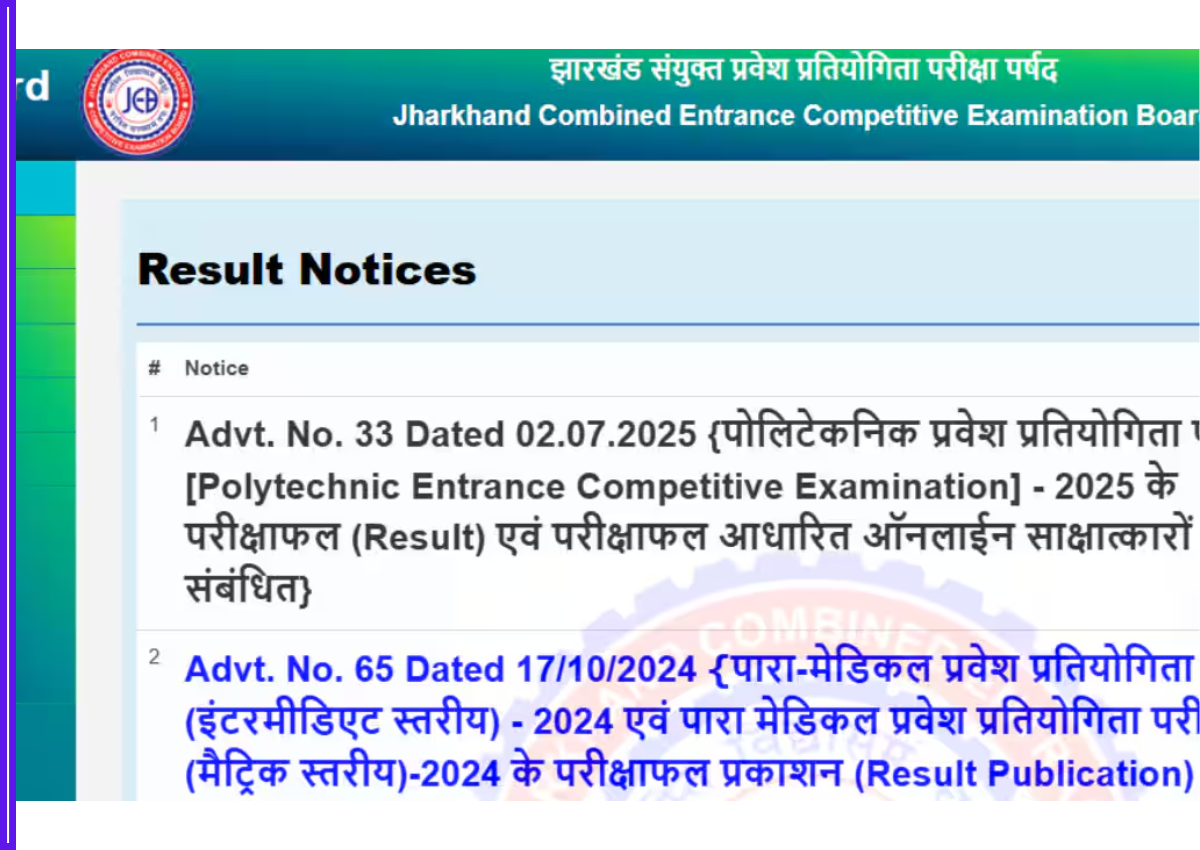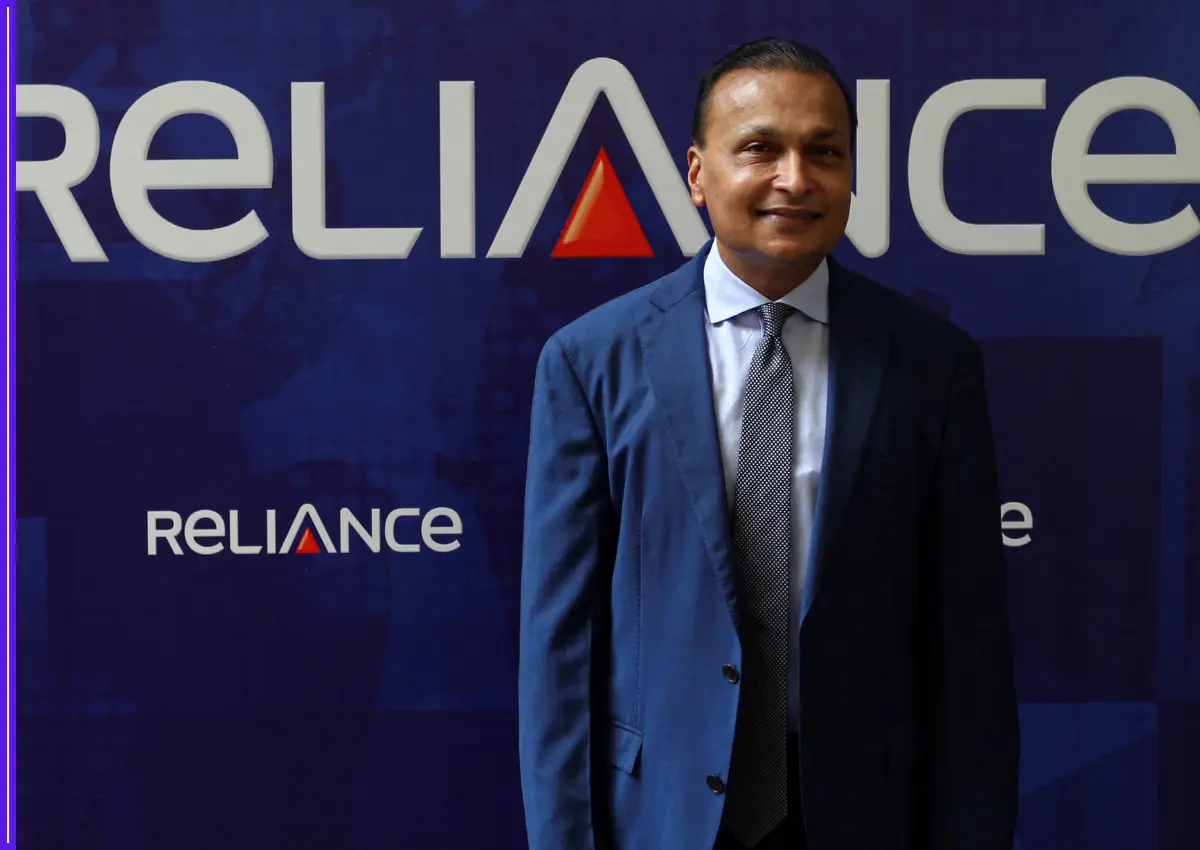By now, you’d think we’d have moved past the question — “Is feminism about hating men?” And yet, here we are. In newsrooms, on panel debates, and across social media, feminism is still treated like a controversial word. The truth is, Indian media, whether intentionally or not, has often failed to represent feminism accurately. Worse, it has painted it in a way that stirs confusion and backlash.

Feminism, at its core, is simple. It stands for equality. Equal rights, equal opportunities, equal respect — for all genders. But the way the media presents it? Often far from the truth.
Most prime-time debates aren’t built for understanding. They’re built for noise. When feminism is discussed on TV, it’s rarely about policy or change — it’s about drama. Loud voices, emotional outbursts, and staged clashes between “tradition” and “modernity.” Feminists are often portrayed as aggressive or anti-family, while their actual messages — about safety, education, healthcare, and basic dignity — are drowned out.
Bollywood and television shows haven’t helped either. Films often slot women into two extremes: the ideal, obedient wife or the bold, Westernized rebel. The latter is frequently labeled a feminist, usually in a negative light. This black-and-white portrayal ignores the reality of millions of Indian women navigating both independence and cultural expectations.
Even the word “feminism” is often misunderstood as an urban or elite concept. But feminism in India isn’t just about Instagram influencers or college debates. It lives in the work of ASHA workers demanding fair pay. In Dalit women organizing against caste-based violence. In young girls who push their schools to provide sanitary napkins. These are feminist actions, even if they aren’t branded as such in mainstream media.
Part of the issue is who gets to speak. Most newsrooms and editorial boards are still dominated by men. They decide which stories matter. When women do lead, especially those from marginalized communities, their voices are often sidelined or framed as too radical. Real stories of survival, resistance, and change are ignored in favor of sensational soundbites.
Social media plays a double role. It’s empowered many to speak up, but it’s also become a place where feminism is mocked, twisted, and used for engagement bait. Hashtags like #feminazi trend not because they represent truth, but because outrage spreads faster than understanding.
All of this creates a distorted image. And this distorted image benefits those who want to keep things as they are. By making feminism look like a threat to tradition or family, it becomes easier to dismiss the uncomfortable truths it raises — like the fact that marital rape is still not a crime in India, or that many women still face violence for choosing their own partners or careers.
What Indian media needs now is not more debates or louder opinions. It needs more listening. More representation. More focus on real people and lived experiences. Feminism doesn’t need defenders in studios — it needs honest storytelling from the ground.
Because feminism is not some distant ideology. It’s in the mother who tells her daughter she doesn’t have to marry early. In the man who shares the household load. In the journalist who chooses to tell the uncomfortable story. In all of us who believe in fairness and dignity.
It’s time the media stopped treating feminism like a threat — and started treating it like the truth it is.





